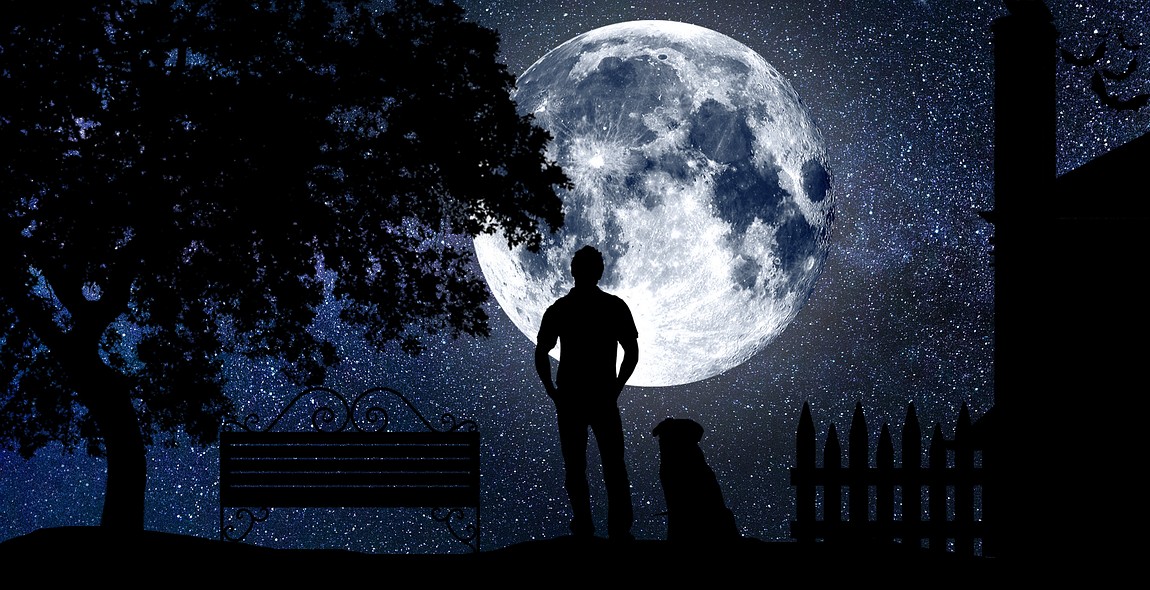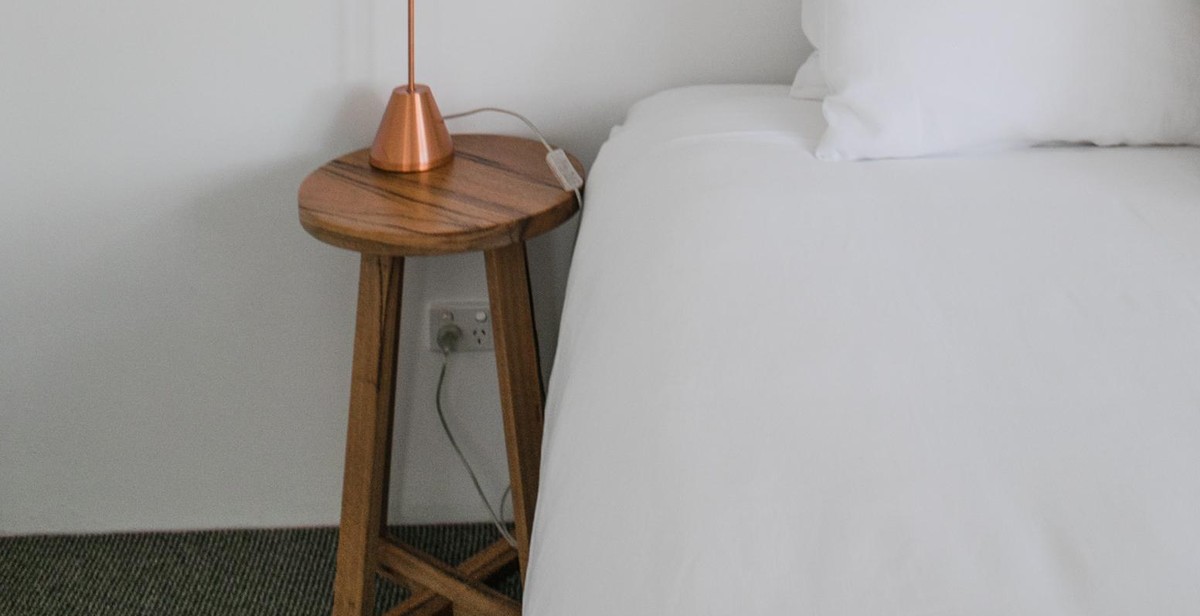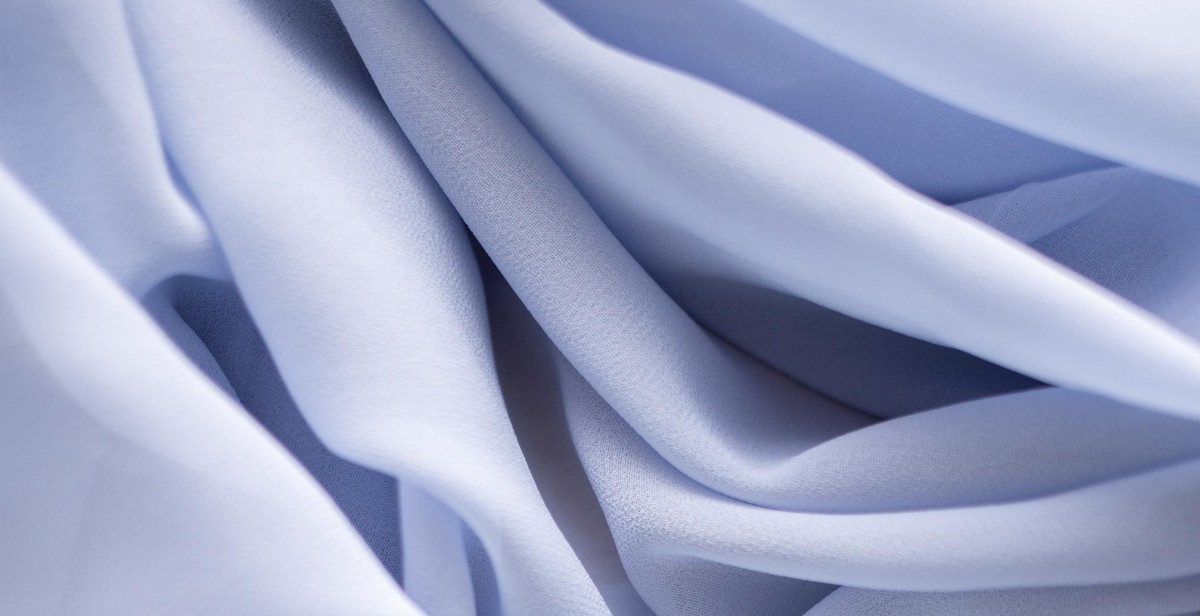How to Paint a Realistic Landscape with Soft Pastels
Soft pastels are a versatile and forgiving medium that can be used to create stunning and realistic landscape paintings. Whether you’re a beginner or an experienced artist, learning how to use soft pastels to paint landscapes can be a rewarding and enjoyable experience.
In this article, we will guide you through the process of painting a realistic landscape using soft pastels. We will cover everything from selecting the right materials to creating a preliminary sketch and layering techniques to bring your painting to life.
Materials
Before you begin, you will need to gather the necessary materials. Here is a list of the basic materials you will need:
- Soft pastels in a range of colors
- Paper or pastel board
- A sketchbook and pencil for preliminary sketches
- Fixative spray to preserve your finished painting
Sketching
Sketching is an important part of the process when painting with soft pastels. It allows you to plan your composition and get a sense of the values and colors you will be using. You can use a sketchbook or the same paper you will be using for your final painting.
Layering
Layering is the key to creating a realistic landscape painting with soft pastels. By building up layers of color and blending them together, you can achieve depth and texture in your painting. You can also use various techniques such as scumbling, hatching, and cross-hatching to create different effects.
With the right materials and techniques, you can create a beautiful and realistic landscape painting with soft pastels. So, grab your pastels and let’s get started!
Materials Needed
If you want to paint a realistic landscape using soft pastels, you will need to have the right materials. Here’s a list of what you’ll need:
Soft Pastels
Soft pastels are a must-have for this project. They come in a variety of colors and are perfect for blending and creating texture. You can purchase them in sets or individually.
Paper
You will need high-quality paper that can hold and support the pastels. Choose a paper that has a rougher texture, as it will hold the pastels better. You can use pastel paper, sanded paper, or even watercolor paper.
Easel
An easel will keep your artwork at eye level and allow you to work comfortably. Choose an easel that is adjustable and can hold your paper securely.
Brushes
You’ll need a few brushes to help you create fine details and blend colors. Choose brushes with soft bristles that won’t damage the pastels.
Fixative
After you finish your painting, you’ll need to apply a fixative to protect it from smudging and fading. Choose a fixative that is specifically designed for pastels.
With these materials, you’ll be well on your way to creating a beautiful and realistic landscape using soft pastels.

Choosing the Right Reference Photo
Before starting your landscape painting, it’s important to choose the right reference photo. Here are some tips to help you select the best one:
1. High-Quality Image
Choose a reference photo with high resolution and clarity. This will help you see the details of the landscape and ensure that your painting looks realistic.
2. Composition
The composition of your reference photo should be visually appealing and balanced. Look for interesting shapes, lines, and patterns that will make your painting more dynamic.
3. Lighting
Consider the lighting in your reference photo. The direction and intensity of the light will affect the colors and shadows in your painting. Choose a photo with lighting that you find visually interesting.
4. Color Palette
Think about the colors you want to use in your painting and choose a reference photo with a similar color palette. This will make it easier to match the colors of the landscape in your painting to the colors in the photo.
5. Personal Connection
Finally, choose a reference photo that you feel a personal connection to. Whether it’s a place you’ve visited or a landscape that inspires you, painting from a photo that you feel emotionally connected to can help you create a more meaningful and impactful painting.

Sketching the Landscape
Before starting to paint, it is important to have a clear idea of the composition of the landscape. This means deciding on the placement of the horizon line, the focal point, and the overall balance of the elements in the scene.
Using a sketchbook or scrap paper, begin by drawing a rough outline of the landscape. Make note of any major elements, such as trees, mountains, or bodies of water. This will help you to visualize the composition and ensure that it is balanced and pleasing to the eye.
Perspective
One of the most important aspects of creating a realistic landscape is getting the perspective right. This means understanding how objects in the distance appear smaller and less detailed than those in the foreground.
When sketching the landscape, pay attention to the placement and size of objects in relation to one another. Use perspective lines to guide the eye and create the illusion of depth and distance.
Values and Tones
Values and tones refer to the lightness or darkness of colors in a painting. In a landscape, this is particularly important for creating the illusion of depth and atmosphere.
When sketching the landscape, pay attention to the different values and tones of the elements in the scene. Use lighter colors for objects in the distance, and darker colors for those in the foreground. This will help to create a sense of depth and atmosphere in the final painting.
Final Thoughts
By taking the time to sketch out the landscape and pay attention to composition, perspective, values, and tones, you will be well on your way to creating a realistic and beautiful landscape painting with soft pastels.
Layering with Soft Pastels
Layering is an essential technique in soft pastel painting. It involves building up layers of colors on the paper to create depth and texture. When layering with soft pastels, it is essential to start with a light touch and gradually build up the color intensity.
Building up Layers
Start by creating a rough sketch of the landscape using a light-colored pastel. Then, begin layering the colors over the sketch. Use a light touch to create the first layer and gradually build up the color intensity with subsequent layers.
Blending Techniques
Blending is crucial in soft pastel painting. It helps to create a smooth transition between colors and gives a more realistic look to the landscape. Use your fingers or a blending tool to blend the colors together. Avoid blending too much as it can lead to a loss of vibrancy in the colors.
Creating Depth and Texture
To create depth and texture in the landscape, use different colors and shades. Use darker colors for the foreground and lighter colors for the background. Add texture by using different strokes and techniques. For example, use short, quick strokes for grass and long strokes for trees.
Layering with soft pastels is a fun and creative way to paint a realistic landscape. With practice, you can master this technique and create beautiful works of art.

Adding Details
Once you have laid down the basic colors and shapes of your landscape using soft pastels, it’s time to add the details that will make your painting come alive. Adding details can be a time-consuming process, but it’s worth the effort to create a realistic and visually engaging landscape.
Foliage and Trees
When it comes to foliage and trees, the key is to layer your colors and use a variety of strokes to create texture and depth. Start by using a light touch to apply your base color, then gradually build up darker shades to create the illusion of leaves and branches. Use a combination of short, quick strokes and longer, more deliberate strokes to create a sense of movement and dimension.
Water
Water is a challenging element to paint, but with soft pastels, you can create a beautiful and realistic effect. Start by laying down your base color for the water, then use lighter shades to create highlights where the sunlight hits the surface. To create the illusion of movement, use a combination of horizontal and vertical strokes to create ripples and waves. Don’t forget to add reflections of the surrounding landscape to make the water look more realistic.
Mountains
Mountains are an essential part of many landscapes, and painting them with soft pastels requires a bit of patience and attention to detail. Start by laying down your base color, then use darker shades to create the shadows and contours of the mountain. Use a combination of short, quick strokes and longer, more deliberate strokes to create the illusion of texture and depth. Don’t forget to add highlights where the sunlight hits the peaks to make them look more realistic.
| Tip | Description |
|---|---|
| Use a variety of strokes | Experiment with different strokes to create texture and depth in your painting. |
| Layer your colors | Build up your colors gradually to create a realistic effect. |
| Pay attention to light and shadow | Use darker shades to create shadows and lighter shades to create highlights. |

Fixing and Preserving the Painting
After completing your landscape painting with soft pastels, it is important to preserve it for long-lasting enjoyment. Here are some tips on how to fix and display your artwork:
Fixative Application
Fixative is a spray that is used to protect your pastel painting from smudging and fading. It is recommended to use a workable fixative during the painting process to prevent pastel dust from falling off the paper. Once the painting is complete, apply a final fixative spray to preserve the colors and prevent smudging.
- Hold the fixative can at least 12 inches away from the painting
- Spray in a well-ventilated area and avoid inhaling the fumes
- Apply in thin layers, allowing each layer to dry before adding more
- Use a UV-protective fixative to prevent fading over time
Framing and Display
Framing your pastel painting not only enhances its appearance but also protects it from dust and damage. Here are some tips for framing and displaying your artwork:
- Choose a frame that complements the colors and style of your painting
- Use acid-free matting to prevent discoloration over time
- Frame the painting under glass to protect it from dust and damage
- Avoid hanging the painting in direct sunlight or humid areas
- Rotate the painting periodically to prevent fading on one side
| Material | Recommended Brand |
|---|---|
| Workable Fixative | Winsor & Newton Workable Fixative |
| Final Fixative | Krylon UV-Resistant Clear Coating |
| Frame | Wood Gallery Custom Frame |
| Matting | Archival Methods Conservation Matboard |
| Glass | Museum Glass |
Conclusion
In conclusion, painting a realistic landscape with soft pastels is a fulfilling experience that requires patience, practice, and attention to detail. With the right materials, techniques, and mindset, you can create stunning artworks that capture the beauty and essence of nature.
Tips for Success
- Choose high-quality soft pastels that offer a wide range of colors and shades
- Work on a textured paper that can hold multiple layers of pastel and create depth and contrast
- Use a variety of strokes, blending, and shading techniques to create different textures and effects
- Study the landscape you want to paint and pay attention to the light, shadows, and colors
- Take breaks and step back from your work to evaluate your progress and make adjustments
Remember
Painting with soft pastels is a journey, not a destination. Don’t be discouraged by mistakes or imperfections, but embrace them as opportunities to learn and grow as an artist. Keep experimenting, exploring, and enjoying the process, and you’ll be amazed at what you can achieve.
| Author: | John Smith |
| Date: | June 15, 2021 |
| Category: | Art and Design |
| Tags: | Painting, Soft Pastels, Landscape, Art, Tutorial |
